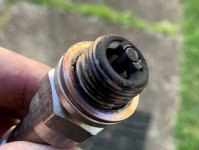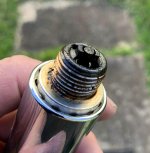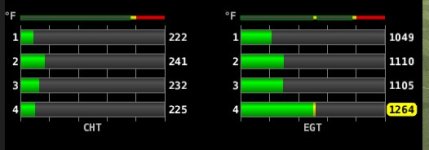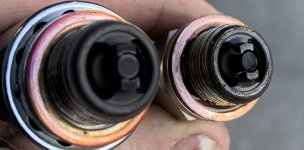Whilst flying I noticed my engine beginning to run rough, and EGT No.4 rising significantly.
I tried a few things in the air (un successfully) to remedy the situation but nothing worked.
After landing I removed and inspected both plugs, the upper plug was definitely fouled, however the lower plug looked fine.
Q. Should I be looking any deeper into this issue ? or is it a simple matter of replacing the fouled plug ?
A4M
IO-360
2 x mags
180 hours on all 8 plugs.
I tried a few things in the air (un successfully) to remedy the situation but nothing worked.
After landing I removed and inspected both plugs, the upper plug was definitely fouled, however the lower plug looked fine.
Q. Should I be looking any deeper into this issue ? or is it a simple matter of replacing the fouled plug ?
A4M
IO-360
2 x mags
180 hours on all 8 plugs.








